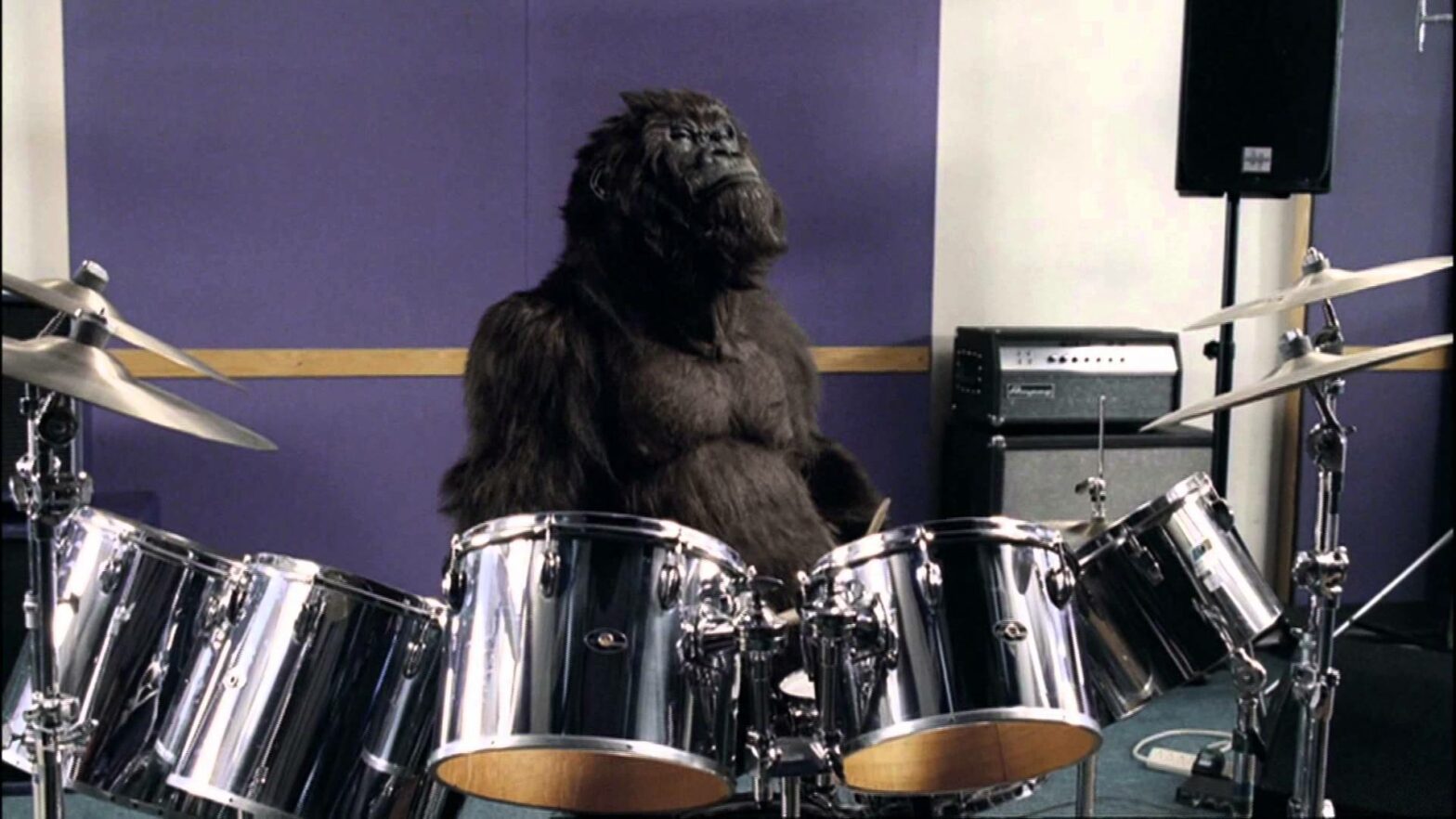Think of Cadbury’s and you’d most likely think of a gorilla playing the drums to Phil Collins’ ‘In the air Tonight’. Some ads stick because they’re hilarious, some because they’re bizarre, but not all ads are memorable. In fact, most aren’t.So why do some ads go viral and others don’t? According to research from marketing technology platform Unruly, the most shared ads produce at least one emotional reaction that can trigger a psychological response from viewers.
Researchers at Rotterdam School of Management, Erasmus University (RSM) have discovered what exactly these triggers are that encourage people to find products marketed via TV ads online, by scanning the brains of a group of ‘guinea pig’ consumers.
This group was shown 11 different ads, all created for the same brand of pain-relieving muscle and joint gel. According to scans, ads work best when it highlights both a product’s functional benefits and triggers the viewer’s imagination. Together, these activate specific parts of the viewer’s brain most intensely, to make the ad more effective.
The study examined online search behaviour as well, to find the elements most effective in prompting consumers. The goal was also to understand why some ads were just more effective than others.
“This study shows that the effectiveness of a marketing message cannot be explained by isolating just one simple brain process. Successful TV adverts trigger a complex combination of processes in the brain,” lead researcher Linda Couwenberg said.
“First of all we undertook a study of a large audience to measure click-through rates and what combination of elements in the adverts was most effective. From this evidence, we then conducted the brain scans – magnetic resonance imaging (MRI) – on a smaller group to determine what makes these elements so effective in activating consumers.
Ads that highlighted the product’s advantages were found to trigger most activity in the part of the brain associated with recognising and identifying objects: ‘what am I looking at, and how can I use it?’, Couwenberg explained.
“Those adverts or elements that appeal to the imagination, or have an original way of delivering the message, activated more complex thought processes, such as sustained attention, working memory and creative thinking.”
She added: “By understanding which elements of an advert are most effective in doing what, we believe marketing, advertising and media professionals will be better placed to optimise the creative development of adverts.”
This infographic from Exporta explores some of the most memorable advertising campaigns and why they managed to stick.

Are the costs of TV advertising worth it?
With channel hoppers skipping adverts and the proliferation of internet TV and hard-drive television where adverts can be avoided or skipped by pressing fast forward, has TV advertising not had its day?
Moreover, as the internet is cheaper and has a potentially global reach, which companies are still willing to sign off this big spending? Bed-seller Dreams is one, where founder and managing director Mike Clare is building a growing empire – helped in no small measure by his savvy marketing strategies. ‘It is expensive, yes,’ he agrees, ‘our current ad is running for a four-to-six-week campaign and we’ve spent a six-figure sum on the production alone.’
But he has no doubts about its effectiveness: ‘It makes you look more professional because you’re there with the “big boys”. The perception, regardless of what you actually say, is that you’re bigger – it’s great for establishing a credible brand. If you judge by the return on investment in that month then it’s certainly not good value for money, but it’s really for the long term as you will still be getting the benefits in years to come.’
A useful tool
Clare stresses that to use TV as a marketing tool you must have a national presence, or at least a strong presence within the boundaries of one of ITV’s regions. ‘We go on the bigger channels, on ITV, getting on the expensive programmes. So you pay for knowing that people watch it,’ he says.
Dreams has been buying TV advertising for five years, with radio, outdoor advertising, and national and local press all being other pieces of the promotional jigsaw. ‘TV is short and simple – not as good for providing information as newspaper ads, where you can have phone numbers and so on. On TV we simply say, “We sell beds and we’ve got a promotion on at the moment”, with a strong musical background – currently the “Good Morning” song from Singing in the Rain.’
One way of bypassing fast-fingered viewers is by “imbedding” your advertising – through sponsorship, for example. Wayne Lochner, boss of rapidly burgeoning sports betting brokerage Betbrokers, is a fan of this tactic. As part of an advertising mix that includes the specialist betting press, magazines aimed at high net worth individuals and national newspapers, the company has been sponsoring At The Races – a cable/satellite programme – for around six months, and has seen a large influx of new customers.
The right look
Lochner believes brand awareness has improved markedly. ‘We do it for awareness as well as customer acquisition. The show is very appropriate for what we do: it’s all about placing bets, so it couldn’t be more geared to our audience,’ he says.
Another trick of Lochner’s is putting “ambassadors” like Lester Piggott and Nasser Hussain – just two of his 11-strong diplomatic team – and Betbrokers’ staff onto relevant shows like Sky Sports News and Bloomberg Sports. ‘They appear as experts, which results in us getting lots of calls through. All the financial traders watch these programmes and many of them are into trading on sports, so it’s very targeted.’
Lochner thinks you need to be in for the long term to make an impact. ‘Spot advertising is not very effective for developing brands. I’ve found that you must have regular adverts, and it has to be for long periods. It’s not as costly as you might think, though – from a brand perspective it’s obviously very difficult to quantify, but we certainly feel we’re getting our money’s worth.’







